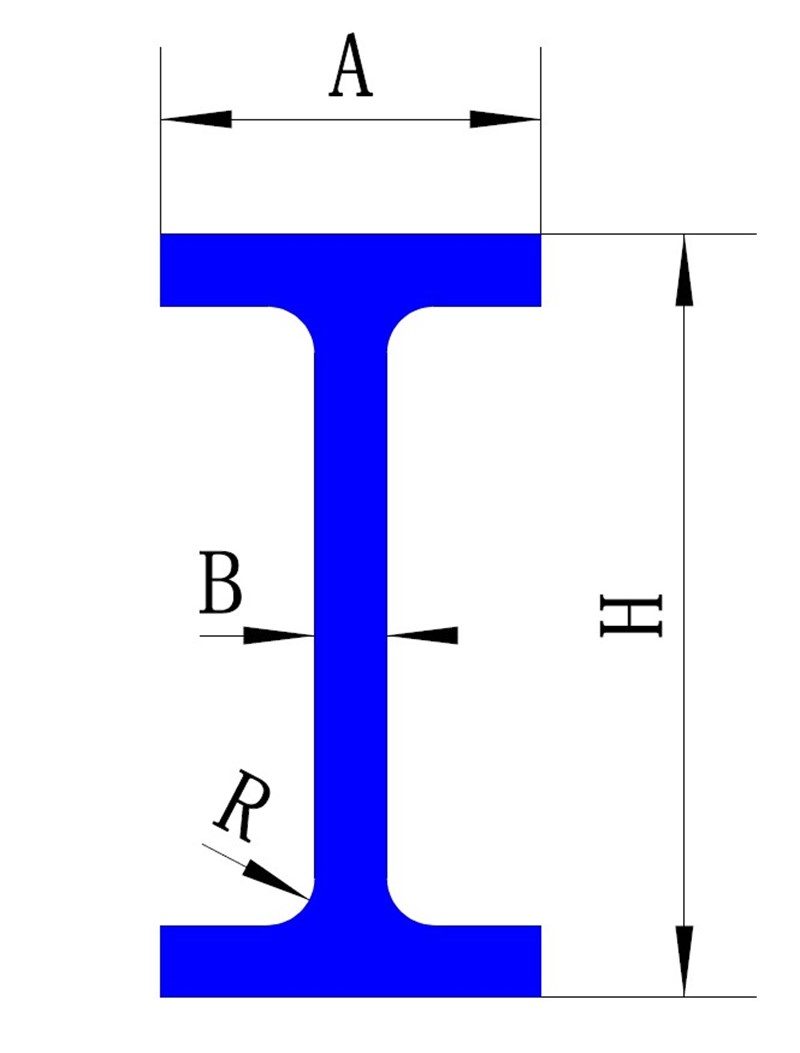ಆಕ್ಟೋ . 18, 2024 13:22 Back to list
Understanding Thread Ring Gauges for Precision Measurement and Quality Control in Manufacturing
Understanding Thread Ring Gauges A Comprehensive Overview
Thread ring gauges serve a critical role in the manufacturing and quality assurance processes of threaded components. These tools are designed to measure the external threads of screws, bolts, and other fasteners, ensuring they conform to specified dimensions and tolerances. In this article, we will delve into the purpose, construction, types, and significance of thread ring gauges.
Purpose and Importance
The primary purpose of a thread ring gauge is to verify the accuracy of the thread profile and dimensions of a part. Accurate threads are essential for the proper functioning of mechanical assemblies; they ensure strong connections and prevent failures due to improper fit. By employing thread ring gauges, manufacturers can significantly reduce the risks associated with defective parts, thereby enhancing the reliability of their products.
In an industry where precision is paramount, thread ring gauges help maintain high-quality standards. The presence of even minor thread defects can lead to significant complications, including mechanical failures, safety hazards, and increased costs due to rework or scrap. Hence, utilizing these gauges is not merely a choice but a necessity for ensuring both quality and safety in threaded components.
Construction of Thread Ring Gauges
A thread ring gauge is typically manufactured from high-quality tool steel or carbide, materials that provide durability and wear resistance. The gauge features a cylindrical shape with internal threads that conform to the specified standards (such as ISO, ANSI, or JIS). The dimensions of these threads, including pitch diameter and minor diameter, are meticulously defined to ensure accuracy.
Thread ring gauges can be either go/no-go types. The go gauge is used to check if a threaded part fits within the acceptable range; if the part passes this test, it means that the thread profile meets the minimum requirements. Conversely, the no-go gauge checks for the maximum allowable limits. If the threaded part fails to fit into the no-go gauge, it indicates that the part exceeds the maximum permissible size, signalling the need for further inspection or rework.
thread ring gauge

Types of Thread Ring Gauges
There are several types of thread ring gauges, categorized based on their specific applications.
1. Go Ring Gauges Used to verify that a thread is acceptable for fitting. 2. No-Go Ring Gauges Ensures that the thread does not exceed the maximum limit.
3. Acceptable Thread Gauges These gauges can measure left-handed or right-handed threads, accommodating various fastening requirements.
4. Specialty Gauges For complex applications, manufacturers might require custom-designed gauges that meet unique specifications.
Significance in Quality Control
The use of thread ring gauges is integral to the quality control process in manufacturing environments. They help in maintaining consistency in product quality, minimizing variations that could lead to failures or defects. Furthermore, by incorporating thread gauges into the production line, manufacturers can save time and resources by identifying defects early in the manufacturing process.
In conclusion, thread ring gauges play an indispensable role in ensuring the quality and reliability of threaded components. By providing an effective means of measuring thread profiles and verifying their dimensions, these tools not only improve product quality but also enhance safety in mechanical assemblies. As manufacturing continues to evolve, the importance of precision instruments like thread ring gauges will only grow, underscoring their vital role in the industry.
-
The Role of Cast Iron T Slot Plates in RoboticsNewsMay.12,2025
-
The Importance of Parallel Rulers in Mechanical EngineeringNewsMay.12,2025
-
Heavy-Duty Applications for Granite Surface Plate for SaleNewsMay.12,2025
-
Cast Iron Y Strainer: A Reliable Solution for Dirty FluidsNewsMay.12,2025
-
Boosting Workshop Productivity Using Granite BlocksNewsMay.12,2025
-
Water Control Valves: Essential Components for Fluid RegulationNewsMay.08,2025
Related PRODUCTS









